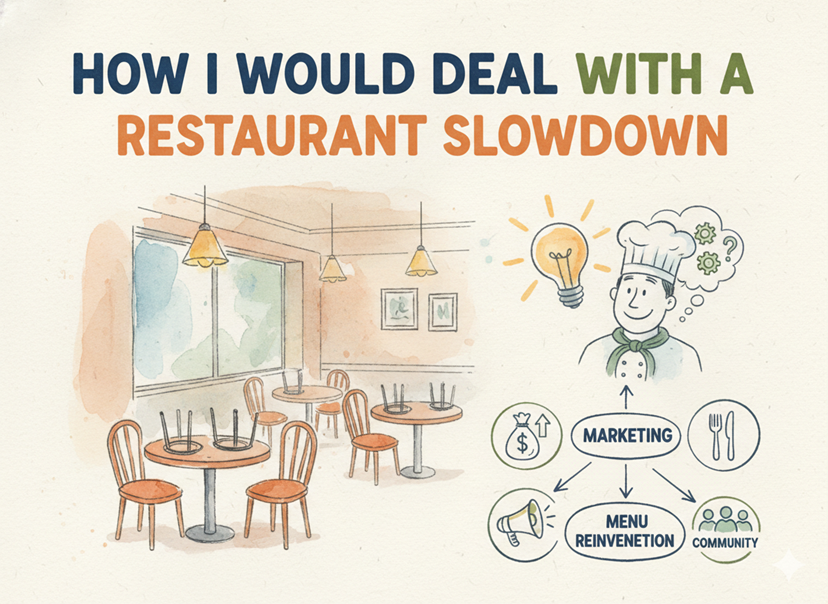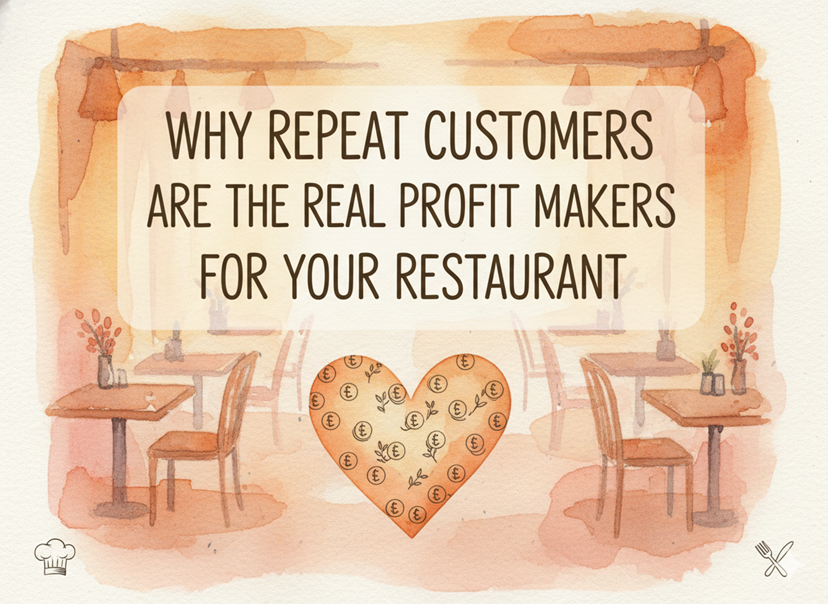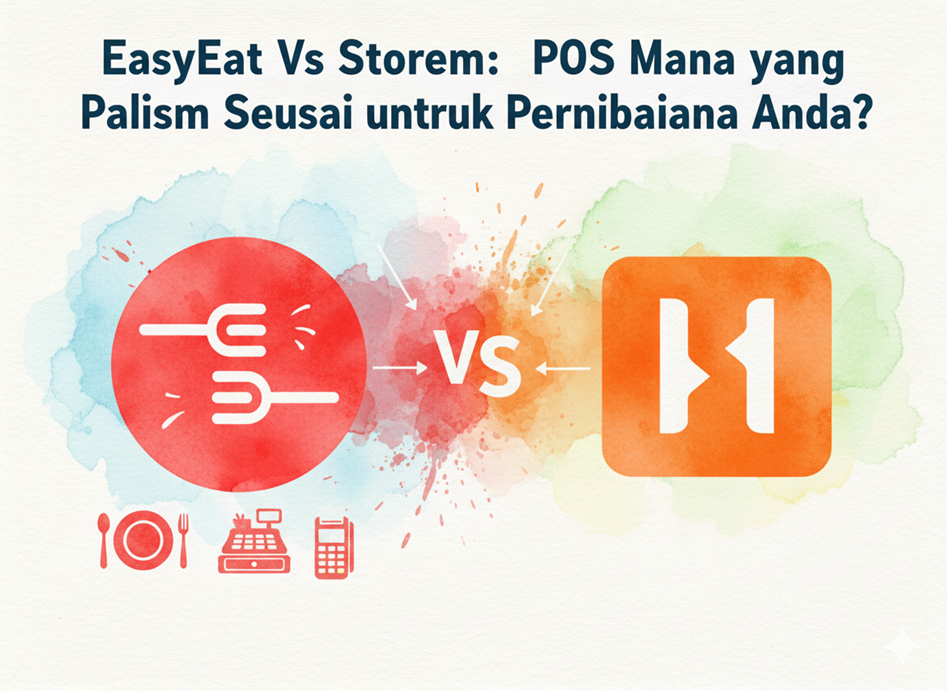Festive times are ahead and you would want to manage your restaurant better so that you don’t face any disasters.
The busiest hours in a restaurant are during lunch (12 PM-2 PM) and during Dinner (6 PM-9 PM). You need to equip yourself with enough staff, advanced preparation, and detailed analytics of your restaurant to deal with the peak hour crowd.
Read more to find out in-depth about the busiest and slowest hours and the busiest days and why you need to equip yourself with a POS system to deal with the crowd.
What Are the Busiest Hours for Restaurants?
In Malaysia, the busy hours for restaurants can vary depending on location, type of cuisine, and target market. But generally, the busiest hours for restaurants are around meal times. According to industry data, the average restaurant operating hours peak during these times:
- Lunch: 12 PM – 2 PM
- Dinner: 6 PM – 9 PM
During these hours, many restaurants see a significant spike in customers as people are looking for meals before or after work or school. In busy cities like Kuala Lumpur, dinner hours can extend past 9 PM, especially in restaurants located in tourist areas or shopping malls.
What Are the Busiest Days for Restaurants?
Weekend days, particularly Friday, Saturday, and Sunday, tend to be the busiest for restaurants in Malaysia. Friday nights often mark the start of the weekend, making it popular for dining out. On Saturday, families and groups tend to gather for meals, while Sunday typically brings brunch-goers or those enjoying a relaxed meal before the workweek begins. Public holidays and festive seasons such as Hari Raya and Chinese New Year also see surges in customer traffic.
What Is the Slowest Time for Restaurants?
Knowing your restaurant’s slow hours is just as important as knowing the busy times. Between 2 PM to 5 PM, most restaurants experience a significant drop in customer flow as this is neither lunch nor dinner time. Mondays can also be slower for some restaurants as people tend to eat in after a weekend of dining out.
Managing Your Restaurant During Peak Hours
When your restaurant hits its peak hours, managing the rush can be challenging. From long wait times to busy kitchen staff, every part of the restaurant is under pressure. To keep everything running smoothly, here are a few tips you can follow:
1. Plan your Staff Shifts Strategically
One of the biggest factors in managing busy hours is ensuring you have enough staff. Based on your restaurant’s specific peak hours, ensure you have enough staff to handle the rush. Schedule more staff for your lunch and dinner services and reduce staffing during slow periods like mid-afternoon.
2. Streamline Your Ordering Process
The more efficient your ordering process is, the less likely you’ll experience bottlenecks during peak hours. QR code ordering systems, like those offered by EasyEat, can make a big difference. With QR code payments and digital menus, customers can place their orders directly from their tables without waiting for a server. This helps reduce wait times and speeds up order processing.
3. Prepare in Advance
During your slowest time, get ready for the rush. Prep ingredients, clean workspaces, and make sure your team is briefed on any specials or changes to the menu. If your restaurant has a high turnover rate during peak hours, you’ll want to make sure the kitchen is ready to serve quickly and efficiently.
4. Monitor Real-Time Data
Knowing your busy hours isn’t just about guessing or relying on general trends. EasyEat’s end-of-day restaurant reports give you specific data on your restaurant’s busiest times, busiest days, and even the slowest periods. This data is specific to your restaurant and helps you tailor your operations based on actual customer behavior.
For example, you might find that your lunch rush is particularly heavy on Fridays, but not on Mondays. You can use this data to ensure you’re fully staffed on Fridays, while you can cut down on staffing costs on Mondays.
Why EasyEat’s Reports Matter for You
Unlike generalized industry data that tells you when most restaurants in Malaysia are busy, EasyEat gives you customized insights into your specific restaurant’s trends. This means you’re not making decisions based on someone else’s data, but based on what happens in your establishment.
Here are a few key metrics that EasyEat’s reports provide:
- Busiest hours and slowest hours: Know exactly when your restaurant is most crowded and when it’s quiet, so you can schedule staff and prepare efficiently.
- Busiest season: Identify which times of the year see the highest customer volume, helping you run seasonal promotions.
- Payment methods: Understand which payment options your customers prefer, whether it’s cash, credit card, or digital payments, to streamline your billing process.
- Mode of order: Know if most orders are dine-in, takeaway, or delivery, and adjust your services to match customer needs.
The Impact of Data-Driven Decisions
Data is power when it comes to managing a restaurant. The more you know about your restaurant’s specific trends, the better decisions you can make about staffing, promotions, and menu changes. EasyEat’s end-of-day restaurant reports give you the information you need to make smart, data-driven choices, which can help improve customer satisfaction, reduce costs, and increase your profits.
In fact, according to a report by McKinsey, restaurants that use data to optimize their operations can see a 6-10% increase in profits within the first year. By understanding your peak hours, you can take control of your restaurant’s busiest times and make sure you’re operating at maximum efficiency.
Managing your restaurant during peak hours doesn’t have to be a guessing game. By using tools like EasyEat’s end-of-day reports, you can gain insights into your restaurant’s busiest hours, busiest days, and slow periods. This data helps you make better decisions about staffing, menu offerings, and promotions. With this information, you can keep your operations running smoothly, even during the busiest times of the day.
So why wait? Start using EasyEat’s system today and take control of your restaurant’s peak hours for better efficiency and profitability!




